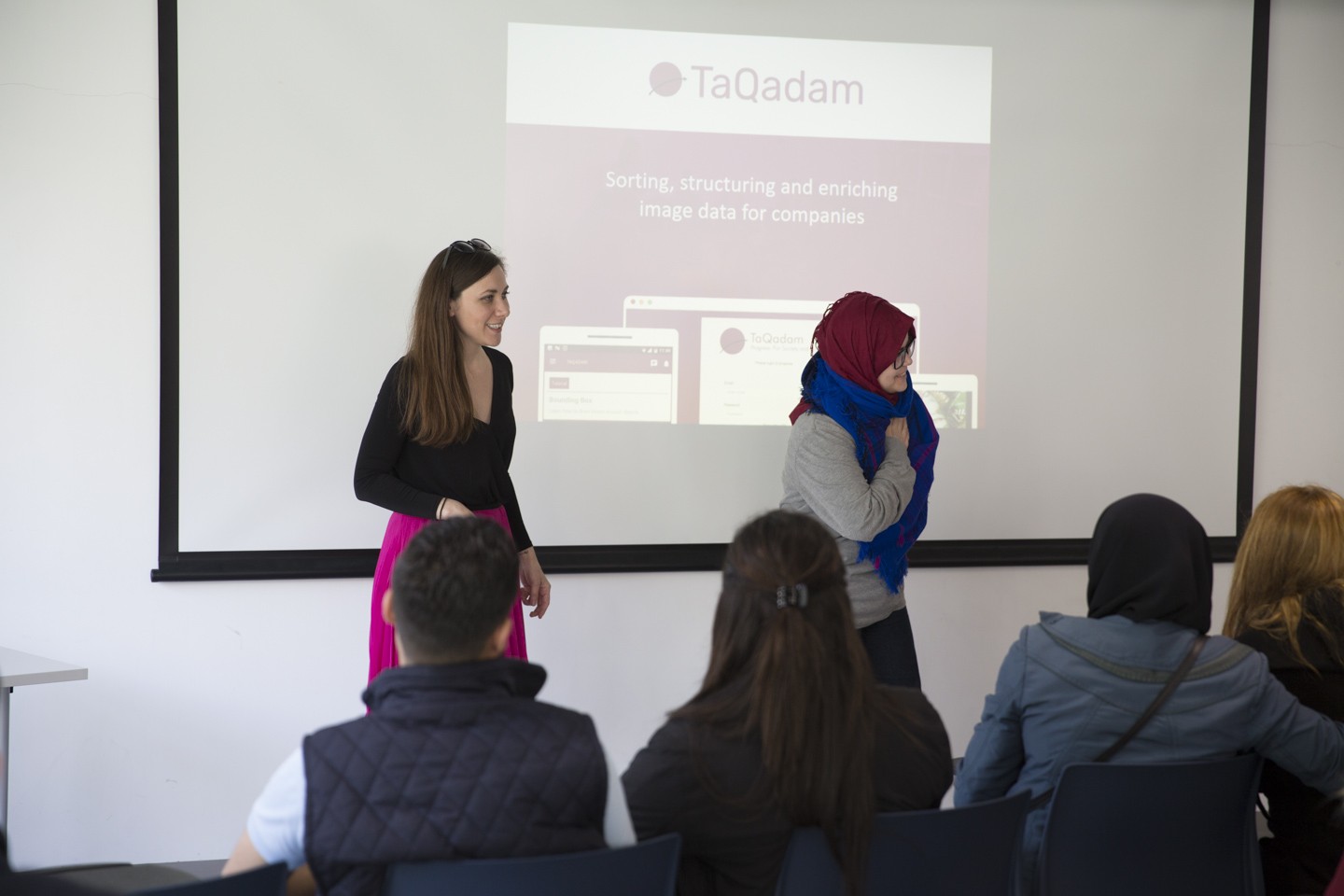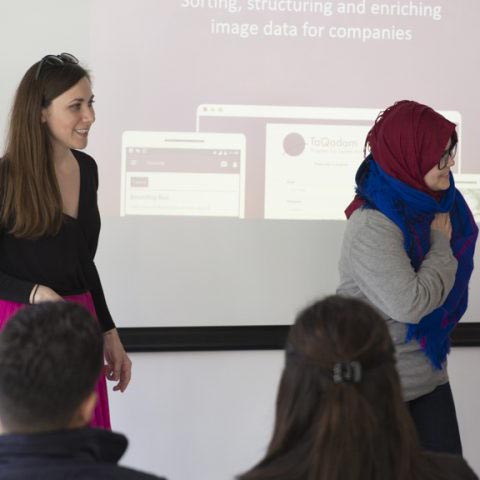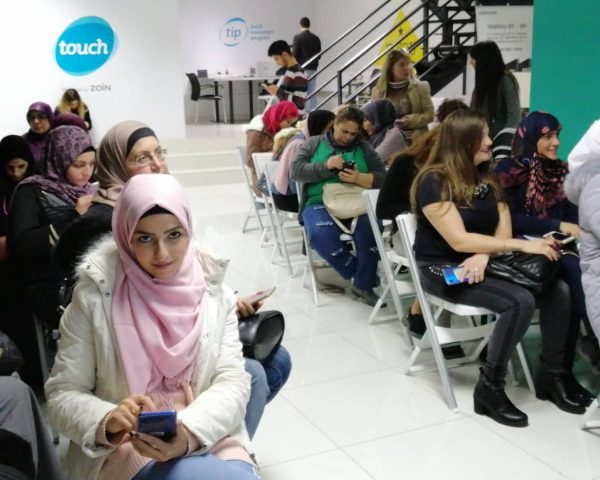
Managing a team on-premise can be challenging. What about managing an online mobile team across several countries for the future of AI Data Training?
My name is Nawal, and I am responsible for managing client data projects which deploy up to 60 image annotators. Our teams are based out of Northern Iraq and Lebanon, from where we work for companies globally thanks to our mobile application image annotation tools.
We have been focusing on image annotation for training, validation datasets for computer vision applications in industrial automation and aerial imagery that improves AI Data Training — where our goals mirror our clients’ goal to achieve 100% recognition for AI. This requires a high level of consensus across teams, a good understanding of a use case and the domain, and, this, of course, can only be achieved through an established professional communication channel.
This has not been an easy journey to set the process up. Originally, I faced a lot of challenges as in any other remote outsourcing set up, but with experience, we have developed our own engagement strategy and quality annotation service.
Why remote annotation can be a challenge? And how to solve it.
With the humble experience, I gained working with the teams of image annotators, I was able to move projects into the other side of the shore safely using these techniques. And despite the physical distance, different backgrounds and countries, here is what we managed to do:
Simple communication channels: It doesn’t matter the tool you are using to communicate with the team. The most important thing is that everyone in the team is familiar with the platform and feels comfortable to communicate. I believe this is very important and essential for you as a manager or director to build and direct such a big team. Gladly, our mobile app allows us to have a chat so our annotators are flexible, on the go, and always follow the new project developments.
Mention achievements, track progress: It’s very important to be transparent on the performance, push them, motivate them, mention their accomplishments. Thankfully to our cultural and ethnographic set up in Taqadam, we leverage the willingness of the youth to support each other and let each other grow. In the most complex projects, we were able to build “ trainer of trainer model”, allowing the best youth to lead and bring up the rest!.
Continuous training: It is false to assume having given instructions at the inception of the task is enough. Feedback, whether within the manager review, or peer quality control, is the best way to establish continuous learning. Through peer comms channel, we involve our annotators in the process of the task and show them the reasons if it is wrong. This includes recording videos and forwarding materials for them as references to-get-back-to-it when needed! Here where partnerships matter! We have a support from the NGOs on the ground that allowed us to use their existing training facilities, and times: Acted Lebanon, Workwell Iraq, and Touch Innovation Program.
Managing your time: Balancing your own tasks while overseeing your team can be difficult. You might not know how best to split your time, but remember that having made sure there is a certainty of getting the guidance, annotators perform better. Over time, they learn to avoid trivia, make their own decision based on reference, and viola — you build a successful, responsible, collaborative.
Originally published on our Medium Page





